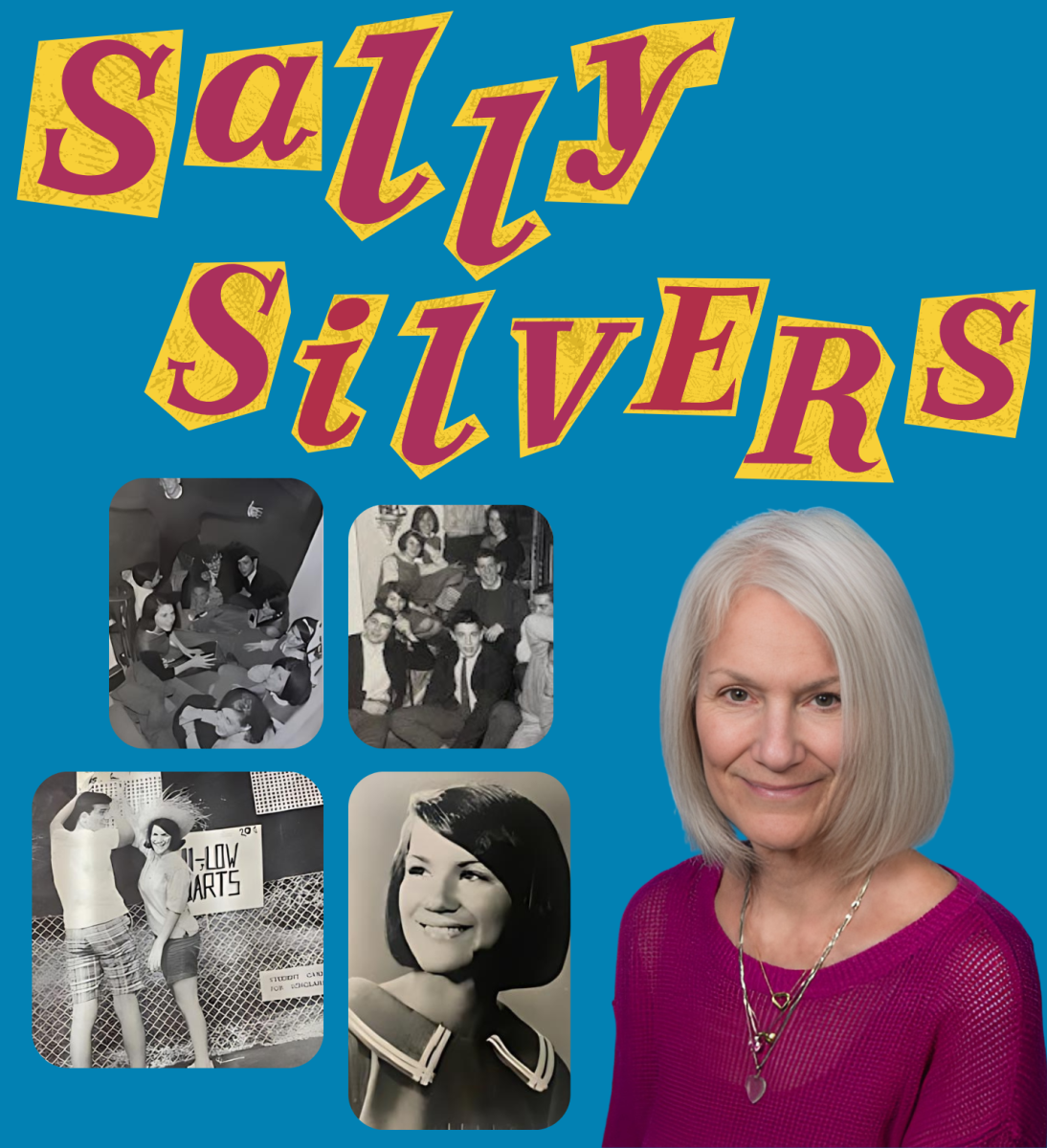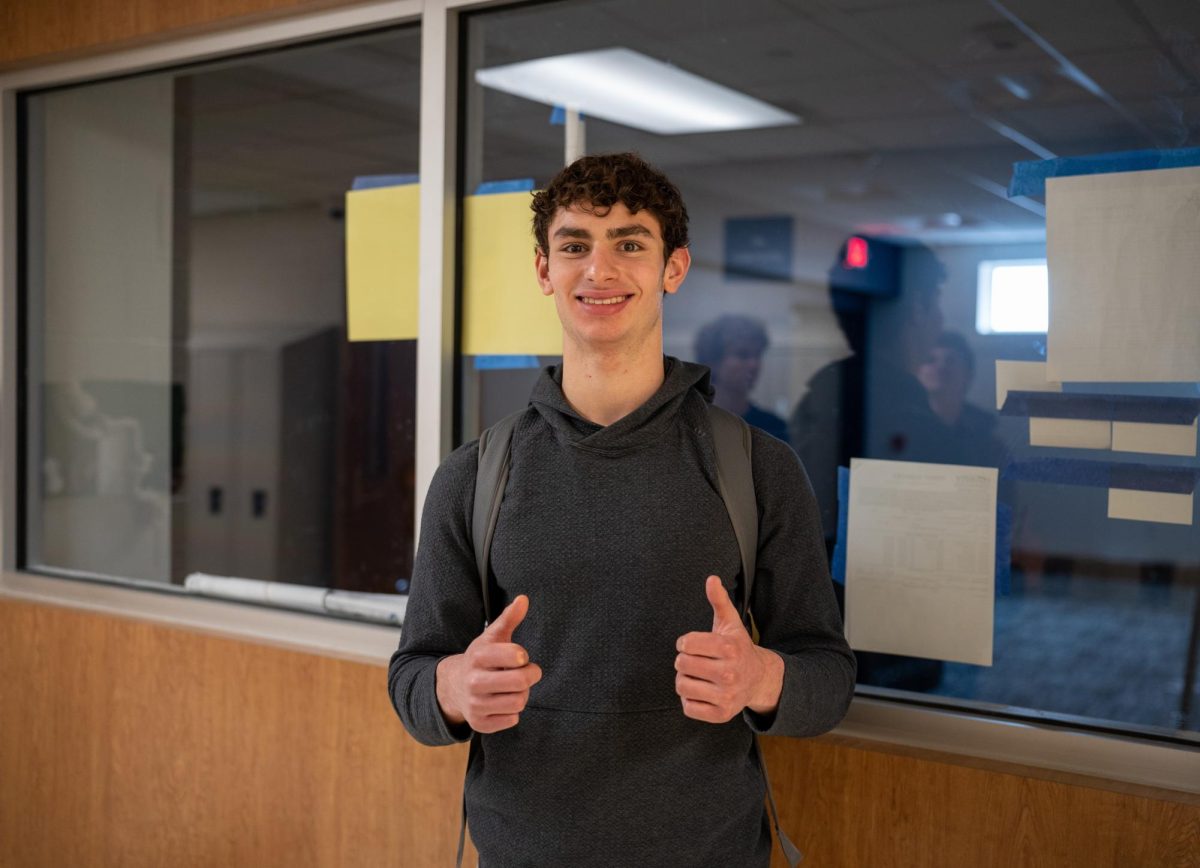Bickering between siblings is the norm of today. With most siblings having a one to four year gap in between ages, the odds are high that they will butt heads sooner or later. Sibling rivalry can start as early as the toddler years and can progress will into adulthood. However, when

two siblings start to mature, and they share a common experience, changes can occur in their relationship. And one of the biggest common experiences? Entering high school.
Although the sibling relationship differs from family to family, many find that the how they interact with their brothers or sisters changes as they begin to prepare for the role of responsible adult. Entering high school is a turning point in any teenager’s life, and many find that the turning point also applies to their family life. Many CHS students report the strengthening of the sibling bond as they enter high school and beyond.
Most of the problems in sibling relationships arise around the mid-elementary school years with the arrival of sibling rivalry. When the students are old enough to understand and be concerned about the actions and behaviors of those around them, the first point of comparison is often the family.
“When siblings have what is called a “sibling rivalryâ€, these kids tend to talk about the perception that the parents like the other sibling better,†CHS Psychology teacher Dave Aiello said. “And then they tend to look for behavior from the siblings that support that. Usually, sibling rivalry doesn’t start until around eight, nine, ten years old.â€
Other sticking points for sibling groups can be found in the age difference. The immature antics of a younger sibling can provide a steady stream of annoyance for the elder. Such was the case with sophomore Aaron Dharna. He and his sister, who is now a senior, would often have arguments centered on his annoyance of her.
“She hated me,†Dharna said. “I remember this one time, I was bugging my sister really badly, and she stopped talking to me for two weeks. She didn’t say a word.â€
As the children grow older, hormonal changes can also negatively affect the sibling-sibling bond. Because areas of the brain develop at a slower rate than others, small incidents can be blown out of proportion. Suddenly, anything can set teens off.
“We know from research that late adolescent is when the brain is developing the most,†Aiello said. “And because the brain is still developing, it’s imperfect. That’s why teenagers can, at one second, be total insane idiots, and at the next second be trying to solve world hunger problems and being incredibly brilliant. It’s this sort of schizophrenic nature, of going back and forth for no rhyme or reason, that can help explain why their relationship with their parents, their relationship with their siblings, can be so crazy and chaotic.â€
Once the siblings enter high school, more and more factors are heaped upon the relationship, which can change it for the better or the worse.
“A high schooler is undergoing a lot of changes in their identity development,†Associate Professor of Psychology at Saint Louis University Bryan Sokol said. “They’re also forging a lot of relationships outside of high school, in the adult world, where they might work or have a part-time job, things like that. So, there are certain times when those sorts of factors could profoundly change the relationship that might have been with the sibling.â€
Many students find that their relationship with their siblings change for the better. The constant proximity creates the perfect atmosphere to right the wrongs of the past.
“We both had to be in the same car every day, going to school,†Dharna said. “So that forced us to get along better and talk. And it just got better.â€
In addition, achieving the status of high school student seems to place siblings on more even ground. Suddenly, age is not as big an issue as it once was. This is particularly true in the case of sophomore Michaela Idleburg. After entering high school, and attending classes in the same buildings as her older sisters, a junior and a senior, she found that their respective ages came into play less and less.
“We seem more equal with the way things go,†sophomore Michaela Idleburg said. “The oldest doesn’t make the decisions now. Everyone gets an input it.â€
Another beneficial factor of the high school environment is the possibility for individual growth. With the wide range of activities and people available, siblings can find their own niche, away from the pressures of their siblings.
“If they have very diverse interests, maybe their relationship will be better off in the long run because they’re not competing for the same resources: the same kinds of friends, the same kind of attention,†Sokol said.
However, because of the relatively small size of CHS, students often find that complete separation from their siblings is nearly impossible. Yet, with the blending of grades and age groups through the number of classes and activities offered, a stronger, more mutually-respected sibling bond can be formed.
“At Clayton, partly because it’s a small school, and partly because you have so many students that are high achieving here, you see much more blending of the grades,†Aiello said. “I don’t think the line between freshmen, sophomore, junior, and senior is quite as strong as it might be in a much larger school. Therefore, I think it’s more common in a place like this for age difference, once they’re in the same building, to not be that significant.â€
A more positive sibling relationship can also lead to advantages, as many CHS students can attest to. Having a sibling who has already learned the ropes is handy in nearly every situation.
“If I need help with something, she’s there,†Dharna said. “She knows most of the same material that I’ve been learning, and that helps with schoolwork.â€
Siblings can also provide a comfort zone for students getting used to the changes that accompany high school life. One automatically gets at least one person who knows them well and will stick by them if things go wrong.
“There’s that extra feeling of safety you get when you’re around your family that I get with my sisters being at the same school as me,†Idleburg said. “I can always rely on them to be there if I seem to have trouble with assignments or other students.â€
Also, because of the differences of character in siblings, students can be provided with a fresher outlook on older experiences. Junior Becca Steinberg, along with her brother in senior year, is consistently provided with a new viewpoint from her younger sister, who is in her freshmen year.
“It’s fun to have a younger sister because I have already gone through most of what she is encountering so it is interesting to see her perspective, which is, in many ways, quite different from mine,†Steinberg said.
Still, as any sibling can confirm, there is such a thing as too much time.
“The only bad part about being at high school with my sisters is that they can sometimes be annoying,†Idleburg said. “It’s hard to be around someone, consistently, for a long time. Sometimes I just get that feeling that they’re going to drive me crazy.â€
Additionally, teachers and other students often use siblings as a basis for comparison, which can be irritating to those who have different personalities than those in their family.
“I hate it when people are like ‘Oh, you’re Danny’s little sister’ or ‘Are you related to Deb?’†Steinberg said. “It’s even worse when it is teachers, because you’d think they would know by now that siblings are often incredibly different from one another and do not like being compared.â€
This point is reiterated by psychology. Although sibling relationships often follow set patterns, people must take into account that individuals do differ, and so will their relationships. In the end, it is up to each student to form what they deem an appropriate and healthy relationship with their siblings.
“Every individual is going to be different,†Sokol said. “You may be able to make some prediction about the nature of their relationship, or how social or developmental factors might influence those, but there are a lot of individual differences. Even though siblings are all, presumably, growing up with very similar influences and, obviously, the same parents, they can be very very different in the choices that they make, the commitments that they make, and the values that they hold.â€







MIchaela • May 28, 2010 at 1:35 pm
yay!!! good job Caitlin!! 🙂
TomPier • May 6, 2010 at 9:38 am
great post as usual!